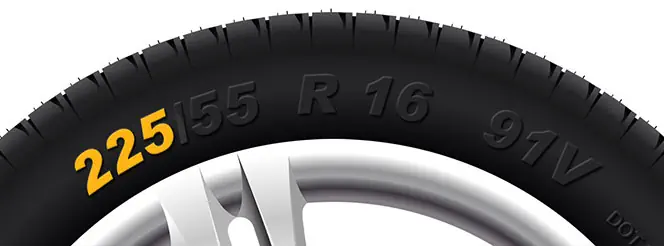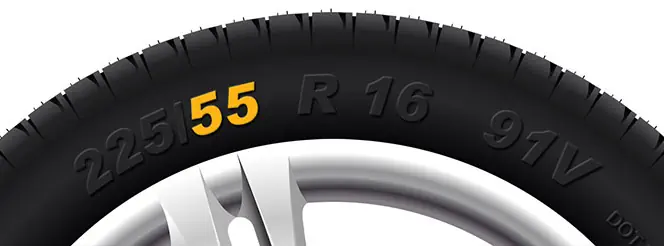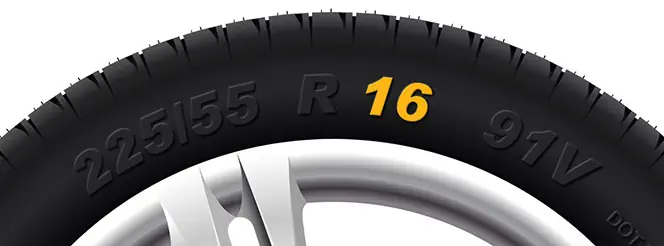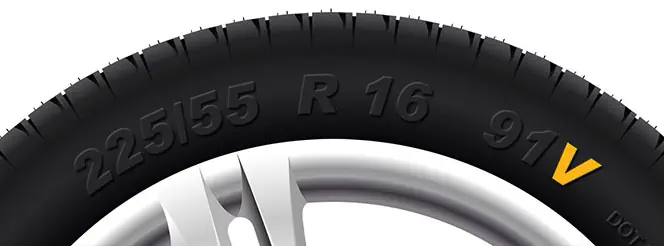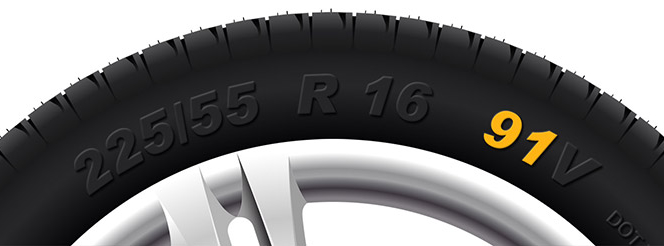A Guide To Maintaining Your Wheel Bearings
Jessica Bird | Thursday 3rd April 2025 2:16pm
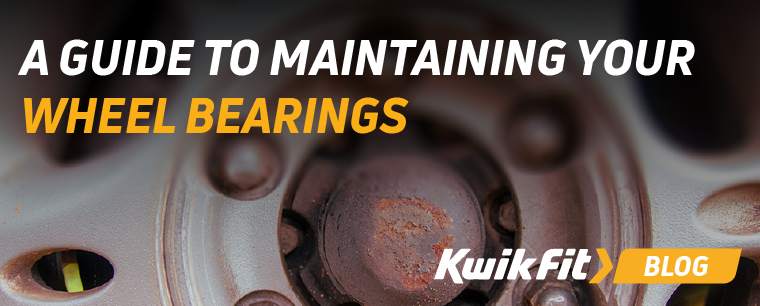
The humble wheel has a lot to be thanked for when it comes to the progress of the modern world. It’s allowed us to make use of momentum, transport important goods, and more efficiently get from A to B on our daily commute. But the things that make modern wheels so effective – and, indeed, at all useful – isn’t the wheel itself, but the wheel bearings.
Let’s look at what wheel bearings are, and what you can do to maintain them.
What is a wheel bearing?
In the olden days of wheels (on wooden carts), a wheel would be connected to a wooden axle by directly sliding it on and hammering some sort of retainer on the end of the axle. Often, the axle would be greased with animal or vegetable fat, but this resulted in a lot more resistance to movement than on modern wheels.
This type of connection is technically called a ‘plain bearing’ – and would often result in a worn groove on the axle, which would continue to wear until the axle needed replacing. Sometimes, the connecting part of the wheel would be made with a softer wood, and therefore act as a ‘sacrificial’ bearing that could more affordably be replaced.
Plain bearings work adequately on things like wooden carts because they don’t need to withstand a great deal of force in everyday use. That is, a horse or ox can only pull a cart up to a certain speed – and usually stays at a relatively low speed compared to its theoretical maximum (it is, after all, a living being that gets tired).
When the modern engine was created, however, the ability to thrust the vehicle faster than a few miles an hour came with the need for its wheels and steering components to be able to withstand not only the forward thrust, but the impact from typically bumpy road surfaces. And this resulted in the creation of the modern “roller bearing” – also known more specifically as a “ball bearing”, but more on that in a moment.
The invention of the roller bearing in 1869 actually preceded the invention of the car by about 40 years, and began to be used for more efficient drawing of carts and wagons. But the invention of the car necessitated a lot of advancements for the tech.
How do roller & ball bearings work?
Roller bearings work by housing either rollers (flat-ended cylinders) or balls within some sort of cylindrical structure, with an inner and outer ring. This structure is made in a way that the rollers or balls can’t pop out sideways but can roll in a forwards or backwards motion. Crucially, the inner and outer rings are able to move independently of each other, because the rolling components slide them around, so they’re perfect for things like wheels that need low-friction rolling.
Most bearings in modern car wheels are ball bearings, because ball bearings are better able to handle lateral movement. Roller bearings are used when a component needs to stay in a particular alignment.
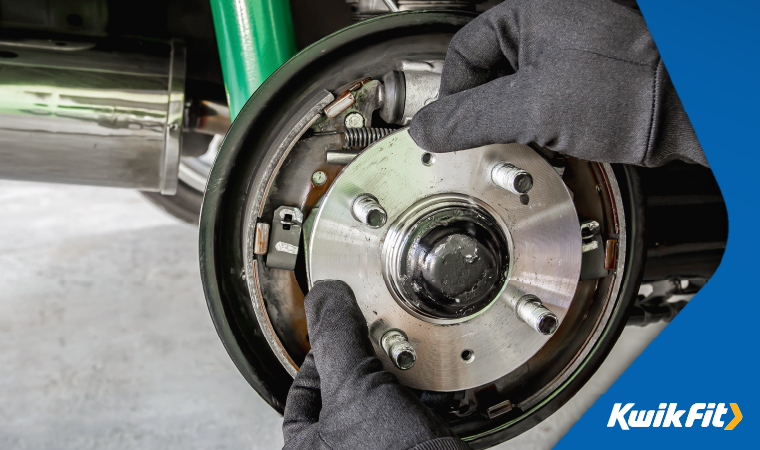
How to avoid damaging your wheel bearings
Part of the nature of bearings is that they wear down over time. So the more you drive on them – or the more you leave them unlubricated – the sooner they’ll wear down. The good thing is that they’ll very rarely break apart entirely. Instead, the individual balls wear down gradually.
Sometimes, they do break – but you’ll tend to notice if this has happened because you’ll get a very faint juddering every time pressure is put on where the ball used to be.
Other than the general wear and tear, the best way to avoid damaging your wheel bearings is to avoid potholes whenever it’s safe to do so. Be sure to also avoid banging into curbs – especially when your car’s heavily loaded. This same advice applies to looking after your whole suspension and steering system.
Stay ahead of damage with regular servicing
While many components in your vehicle are built with the expectation of wearing down over time, you don’t ever want the time a component breaks to be the time you’re doing 70 on a motorway.
The best way to stay on top of wear and tear is to book regular interim or annual services with the experts at your local Kwik Fit centre – they’re always on hand to keep everything suitably oiled, clean, and flag any potential concerns before they become problems.
Any facts, figures and prices shown in our blog articles are correct at time of publication.
Featured Articles
Is it Illegal to Drive With One Headlight?
Saturday 19th July 2025
Wondering if it’s illegal to drive with one headlight? Learn about the safety risks and penalties of illegal blown bulbs and why you should fix them promptly.
Air Con in EVs & Hybrids: Experts Answer Your Questions
Monday 30th June 2025
Does air con drain EV batteries? Can you use the air con while charging an electric car? Find out the answers to these questions & more from Kwik Fit’s experts.
Why Is Your Car Making a Noise? Fixes & Tips
Friday 13th June 2025
When your car starts making unexpected noises, it can certainly be quite disconcerting; it may be nothing to worry about, but here’s what you need to know.





